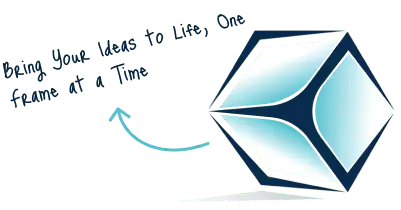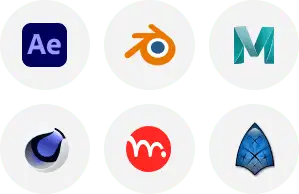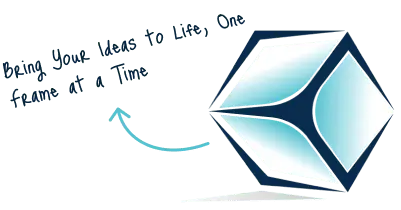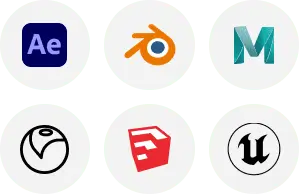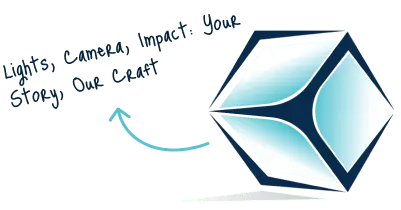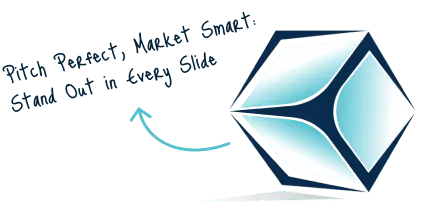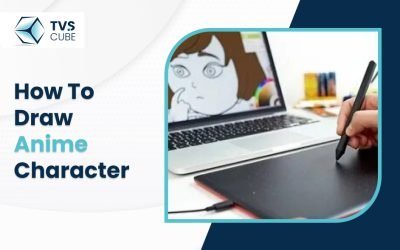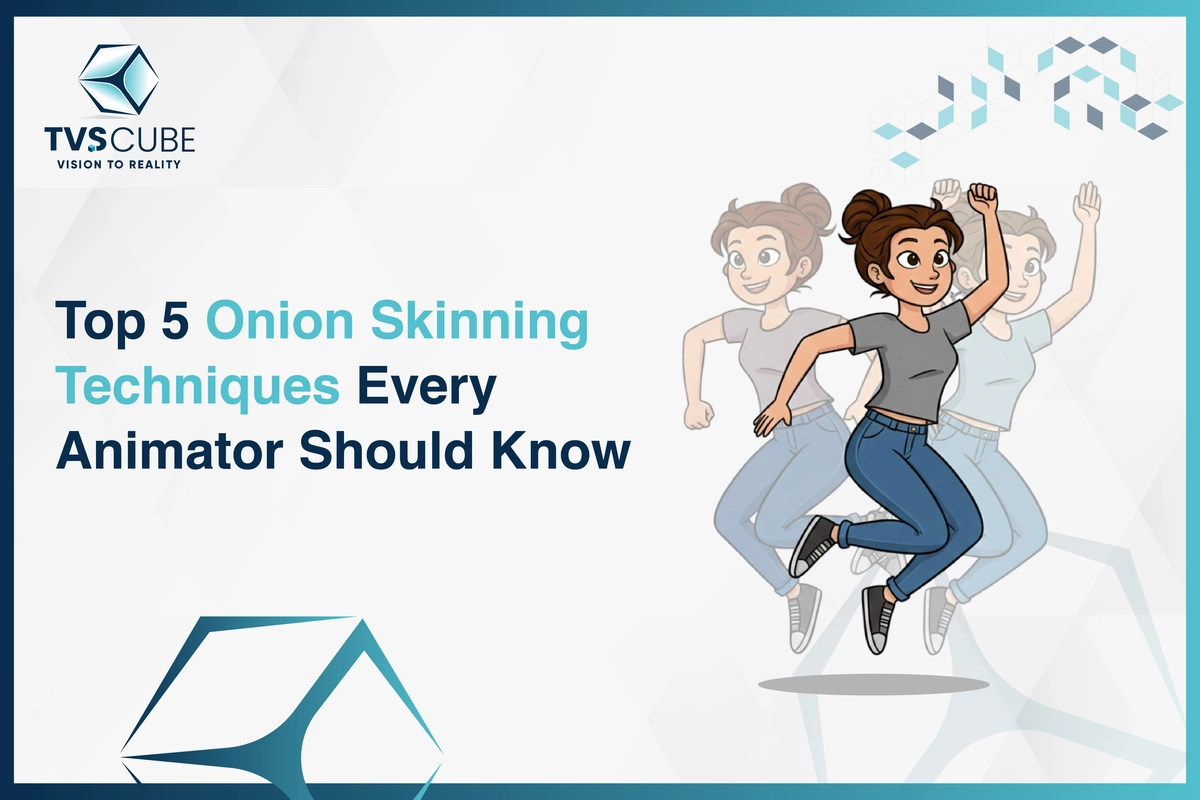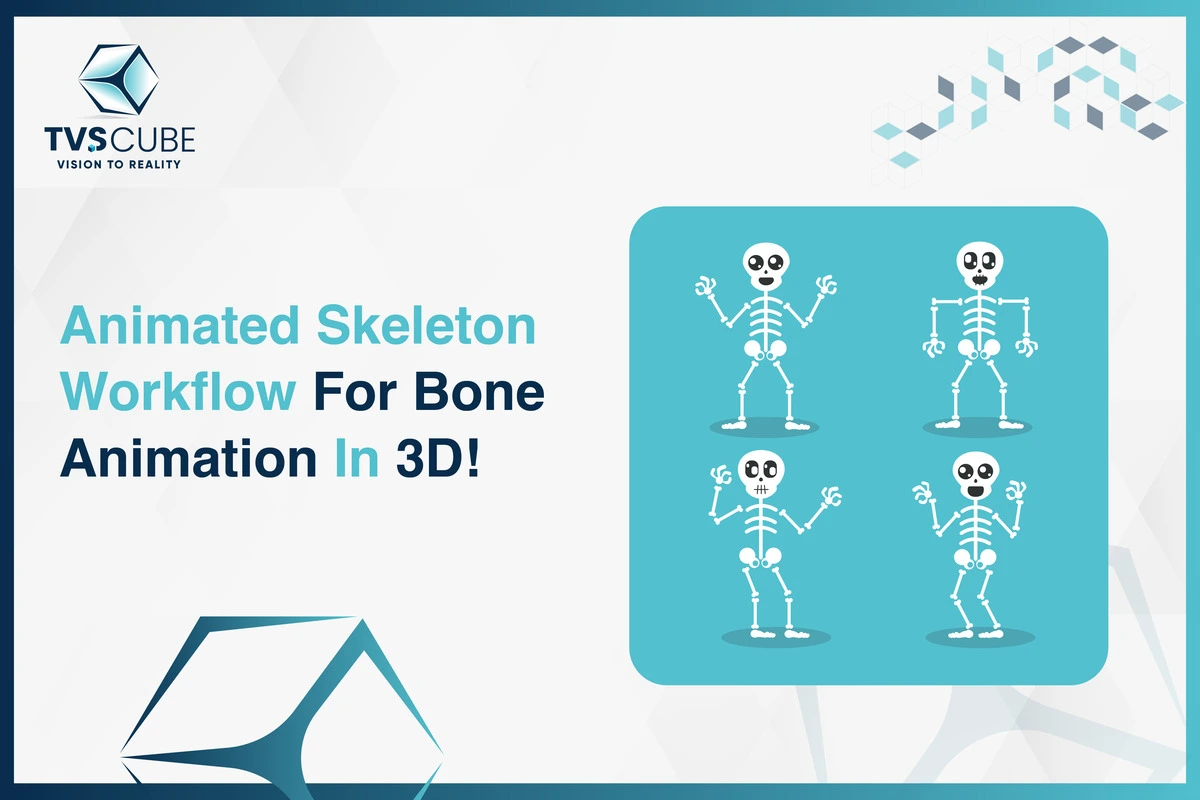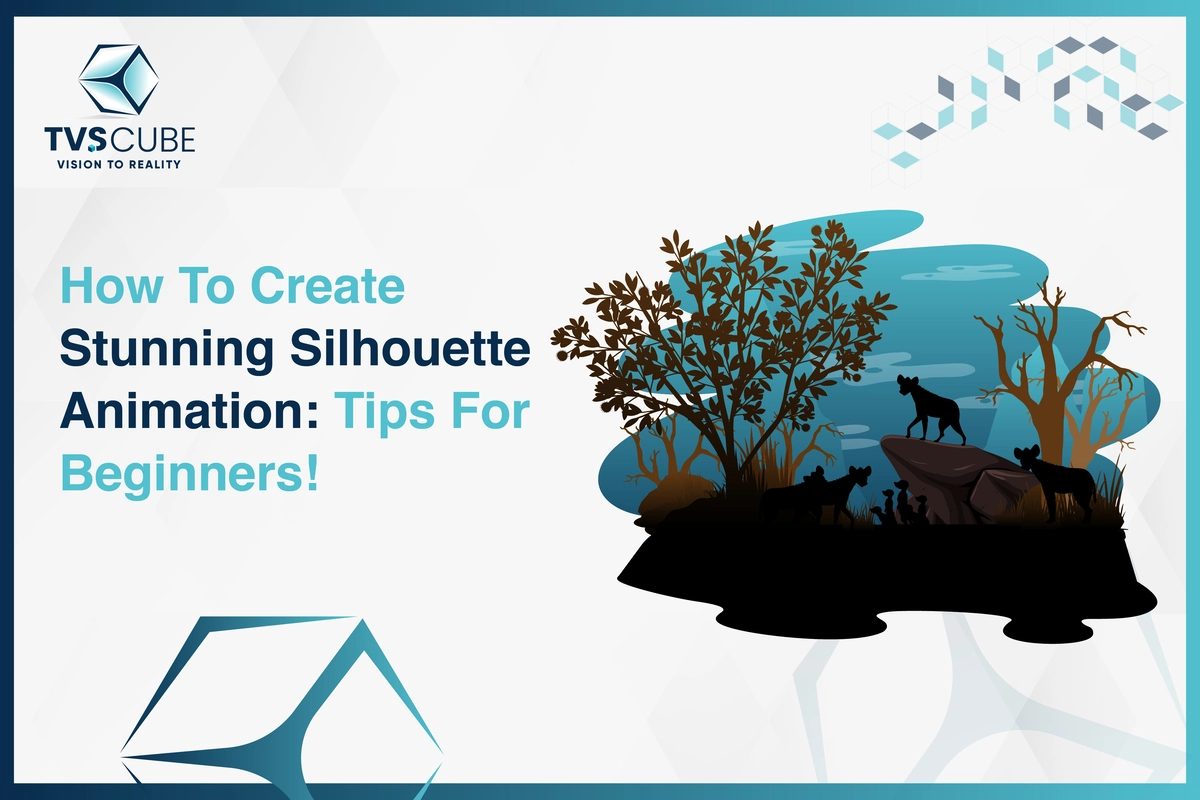Anime character drawing is a skill that many aspiring artists and lovers of anime want to dominate. Anime provides a rich world of innovation with its unique style, intricate details, and expressive features. TVS Cube, in this guide, will explore how to draw anime character, focusing on the different techniques, ideas for drawing anime, and tips that can assist you make captivating character animations.
Understanding Anime Character Design:
It is important to understand the core components that define anime character design before diving into the real drawing process. Anime character usually have distinct features like large exaggerated facial expressions, expressive eyes, and stylized hair. Furthermore, the proportions of anime character can range from realistic to highly stylized. Understanding these characteristics will allow you to make authentic and attractive designs.
Key Features of Anime Characters:
Eyes:
Anime eyes are usually large and expressive, sharing a wide range of emotions. The shape, size, and detail of the eyes can significantly influence the personality of the character.
Facial Proportions:
Anime character commonly have smaller noses and mouths compared to their eyes. This exaggeration highlights emotions and expressions.
Hair:
Anime hair is usually stylized with unique shapes and vibrant colors. Understanding how to create dynamic hairstyles can add depth to your anime character.
Body Proportions:
While some of the anime character have lifelike proportions, others may have elongated limbs or exaggerated features. Learning how to adjust proportions will improve the design of your character.
Materials Used for Drawing Anime Characters:
Collect the following materials to start your journey in drawing anime character:
Pencils:
A range of pencils (H, HB, B) for shading and sketching.
Erasers:
Both a normal eraser and a kneaded eraser for precision.
Paper:
Sketching paper or a sketchbook appropriate for your drawing style.
Inking Pens:
Fine liners or markers for outlining your drawings.
Coloring Tools:
Colored pencils, markers, or digital tools if you choose digital art.
READ MORE : 3D Character Animation Services
Step-by-Step Guide to Drawing Anime Characters:
Step 1: Start with Basic Shapes:
Start your drawing by sketching basic shapes to set the character’s proportions and pose. Employ circles for the head and joints and lines for the limbs. This foundational structure will serve as a guide throughout the drawing process.
Head: Draw a circle for the head and divide it with guidelines to assist in positioning the eyes, nose, and mouth accurately.
Body: Sketch an oval or rectangle for the torso and add simple shapes for the arms and legs. This stage is essential in achieving balanced and proportionate character animation.
Step 2: Define Facial Features:
It’s time to add facial features once you have the basic shapes. The placement of the eyes, nose, and mouth is essential for conveying the personality of your character.
Eyes: Draw the eyes along the horizontal guideline you created. Remember that anime eyes are commonly larger than lifelike eyes. Add details like eyelashes and reflections to improve expressiveness.
Nose and Mouth: Place the nose just below the eyeline and the mouth below that. Keep these features simple, as anime usually highlights the eyes.
Eyebrows: Adding eyebrows can significantly influence the expression of your character. Adjust their shape and position to express various emotions, which is essential in character animation.
Step 3: Create the Hair:
Anime hair can be one of the most entertaining yet challenging elements to draw. Use the shapes you made earlier as a guide, and focus on creating dynamic lines and layers.
Base Shape: Begin by sketching the overall shape of the hair. Think about how it falls and frames the face.
Strands and Details: Split the hair into strands and add texture. Employ flowing lines to offer hair movement, which is essential in character animation.
Color and Shading: If you plan to color your character, consider how light interacts with the hair. Add highlights and shadows to create depth.
Step 4: Add Clothing and Accessories:
It’s time to design their clothing once the features of your character are defined. Clothing can demonstrate a lot about the personality and background of a character.
Silhouettes: Sketch the basic shapes and silhouettes of clothing. Utilize flowing lines for fabrics to show movement.
Details: Add folds, creases, and textures to the clothing. Pay attention to how the fabric interacts with the body, which adds realism to your character animation.
Accessories: Include any accessories that complement the design of your character like hats, glasses, or jewelry. These factors can assist in further defining the style of your character.
Step 5: Refine Your Sketch:
It’s time to refine your sketch with the basic structure and details in place. Go over your drawing, erasing unnecessary lines and smoothing out shapes.
Outline: Use a fine liner or pen to outline your character. This will help distinguish the character from the background and prepare it for coloring.
Adjustments: Look for areas that may need adjustment, such as proportions or angles. This step is crucial for creating a polished character animation.
Step 6: Color Your Character:
Once your outline is complete, it’s time to add color. This stage is where your character truly comes to life.
Base Colors: Start with flat base colors for the skin, hair, and clothing. Choose colors that reflect your character’s personality.
Shading and Highlights: Add shading and highlights to give your character dimension. Pay attention to your light source; shading should be consistent with where the light falls.
Final Touches: Add any final touches, such as textures or patterns, to enhance the overall appearance of your character.
Step 7: Practice Character Animation:
Consider bringing the character to life through animation after creating it. Character animation involves making a sequence of frames that show movement. Here’s how to get started:
Keyframes: Identify the fundamental poses of your character. These are the important positions that define the action.
In-betweens: Fill in the frames between essential poses to create seamless transitions. This step is crucial for fluid character animation.
Timing: Adjust your frames’ timing to ensure your character moves realistically. Quicker actions need more frames, while slower movements can be spaced further apart.
Conclusion:
Comprehending how to draw anime character is a rewarding journey that blends creativity, technique, and practice. TVS Cube can develop your skills in character animation and design by following the steps outlined in this guide. Remember that character animation is not just about movement but also about sharing personality, emotion, and story through your art.





